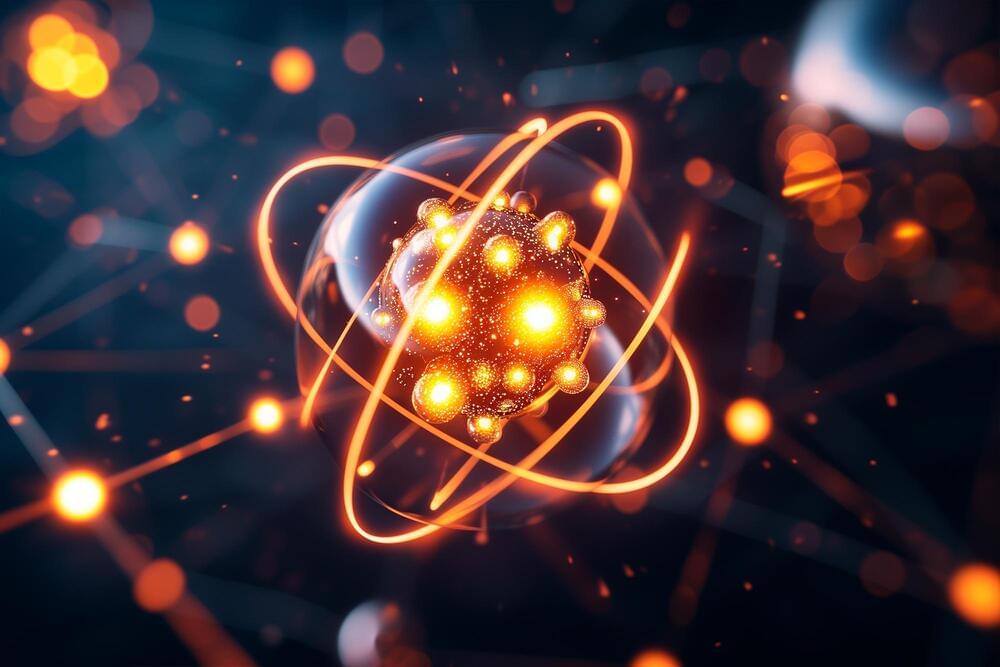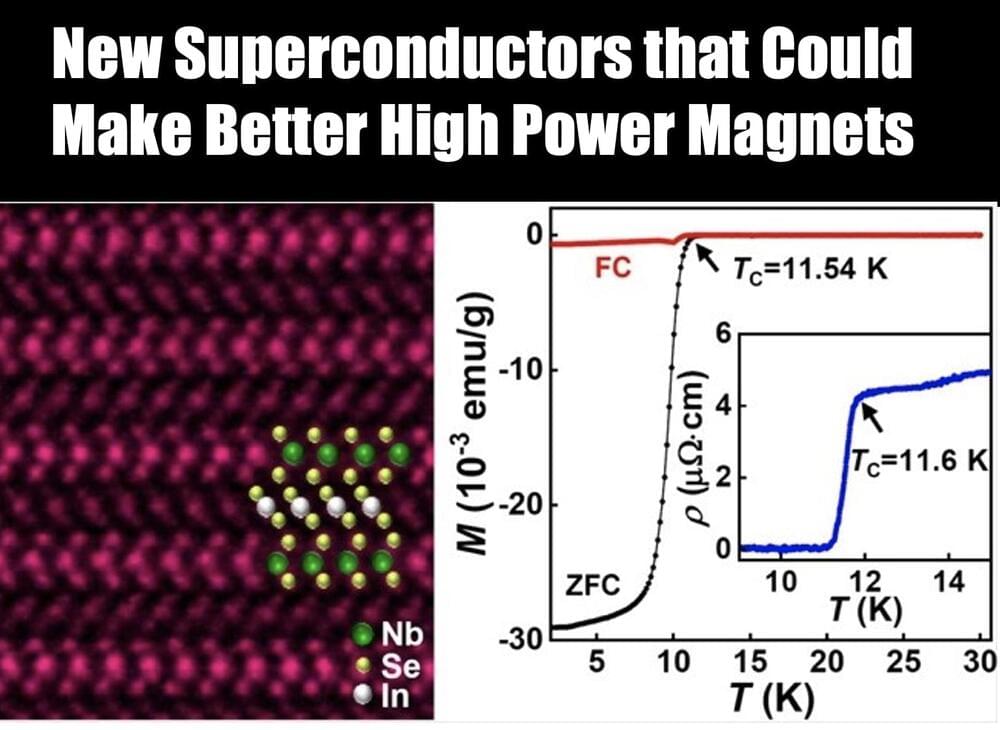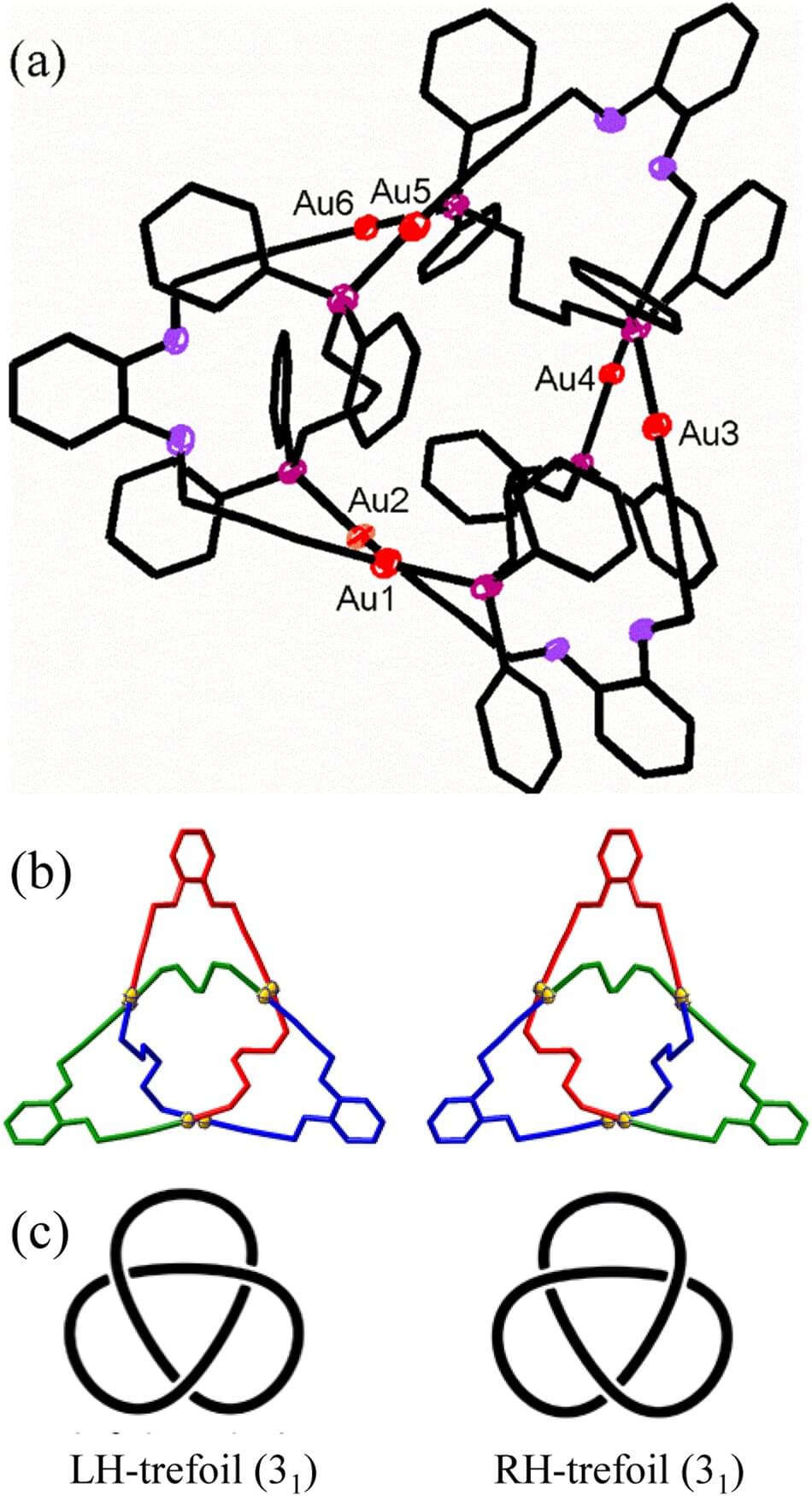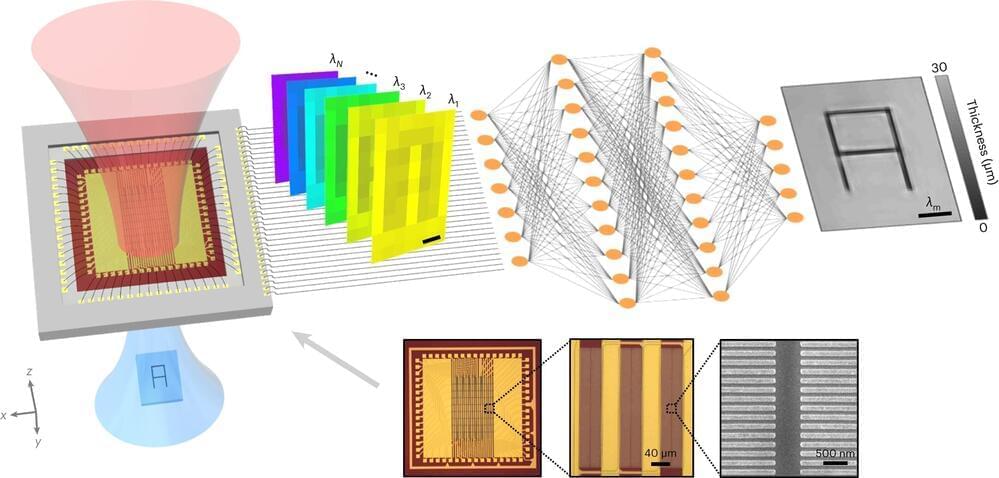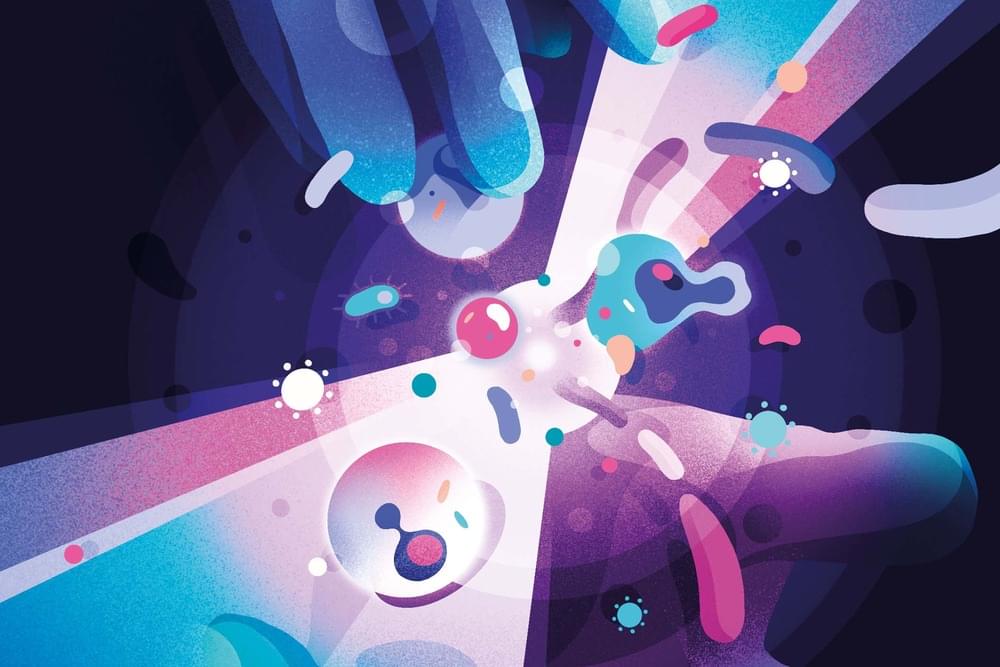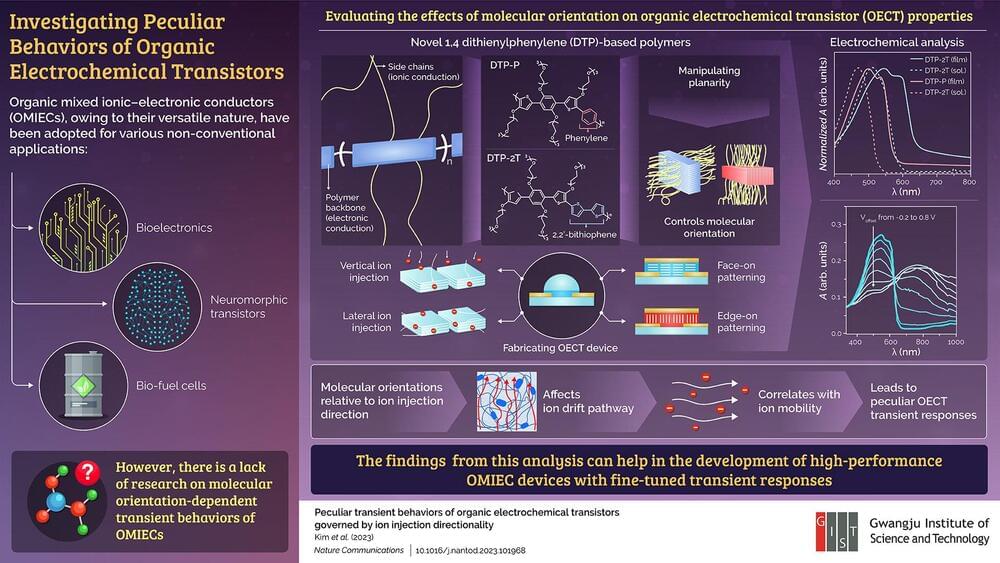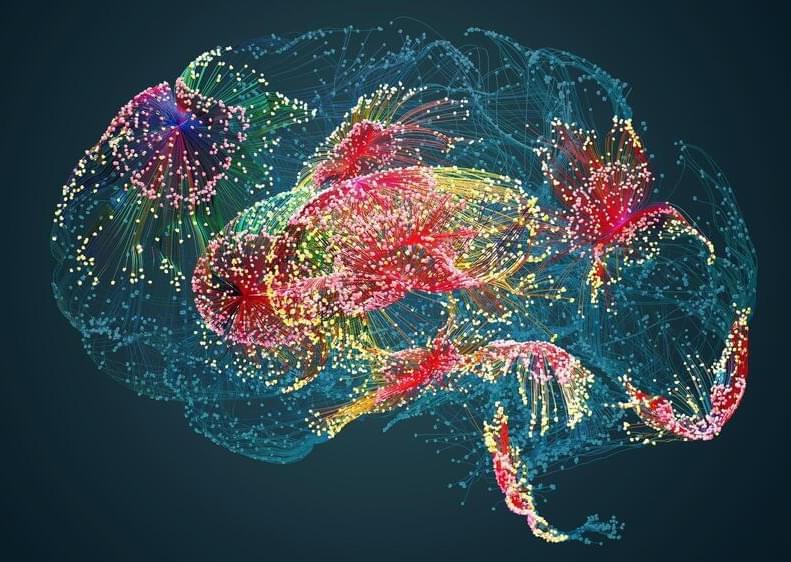The ‘ten electron’ rule provides guidance for the design of single-atom alloy catalysts for targeted chemical reactions.
A collaborative team across four universities have discovered a very simple rule to design single-atom alloy catalysts for chemical reactions. The ‘ten electron rule’ helps scientists identify promising catalysts for their experiments very rapidly. Instead of extensive trial and error experiments of computationally demanding computer simulations, catalysts’ composition can be proposed simply by looking at the periodic table.
Single-atom alloys are a class of catalysts made of two metals: a few atoms of reactive metal, called the dopant, are diluted in an inert metal (copper, silver, or gold). This recent technology is extremely efficient at speeding up chemical reactions but traditional models don’t explain how they work.
